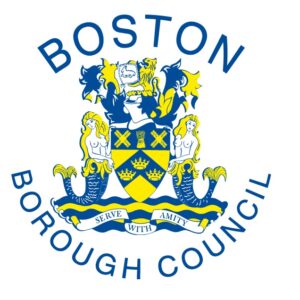Boston Guildhall
The Guild of St Mary was founded in 1260. For a gold noble and annual subscription, men, and unusually for the time, women, could be members.
The merchants made their fortunes trading mainly in wool – the backbone and driving force of the medieval English economy. When the Crown gave approval for guilds to possess assets, Boston’s fantastically rich merchants almost immediately built the Guildhall, making it one of the first in the country. The Guildhall was built from a new material not readily available in the 13th Century. The clay to make its red bricks was dug out locally, and Flemish brick makers were employed when it would have been much easier and cheaper to build out of more traditional materials such as stone or timber.
King Henry VIII, when he broke his ties with the pope and renounced religious guilds, took land and property from the Guilds. The Guildhall’s use as a religious building ended with the dissolution of the guilds and the founding of the new Corporation in 1545.
The cells of the building and the courtroom were used for the town’s quarter sessions, but most famously the imprisoning of the Pilgrims in 1607 when the group of separatists first looked to escape the country for religious freedom.
Boston Guildhall is today the town museum and free to visit during our normal opening hours Wednesday, Thursday, Friday and Saturday 10:30am – 3:30pm, last admission at 3pm. Please be aware that as the building is also licenced for weddings and private hire there may be amendments to our normal opening hours. Please contact us ahead of a planned visit to confirm access.

